Which office are you? A cold, current 2024 update
The article ‘Which office are you?’ in 2016 was one of the most popular we have ever done on PS. I think largely because it showed clearly how outfits could be adjusted to different levels of formality, at a time when office attire was already changing.
A small change like wearing a shirt rather than a knit, or flannels rather than jeans, can take an outfit from standard to smart. Or the opposite - it can tone down that fancy tailoring you like wearing but you know isn’t really appropriate.
We did an update three years later, in 2019, which showed how different sports jackets could vary an outfit - a horizontal variation rather than a vertical one. And now we’re going back to the original format with two more. You lucky things.
First, today, I’m going through the same process with the kind of wardrobe I wear these days - more brown and black than the classic-menswear navy-and-grey of the original. It is also quite wintry in theme.
Then next week, Manish will come in with a summer version. That will be olive, white and beige in tone: a different set of colours again.
So, the same drill today as back in the original article. We start with a casual outfit and gradually make it smarter, keeping the colours and textures the same throughout, isolating the type of clothing.
Occasionally more than one thing is changed, for the sake of space, but when this happens it’s flagged. Throughout I also suggest alternatives - and am happy to do so more if anyone would like.
1 Pretty standard
The starting outfit: jeans, crewneck and a pair of boots. Where I am, this is a pretty consistent uniform for guys in winter, in an office but definitely not a suit. They chuck a coat or a bomber over the top, depending on the weather.
There’s nothing wrong with this - it’s certainly better than the tatty polo shirt and stretch chinos that dominate elsewhere. But it is dependent on execution: a crewneck doesn’t suit everyone, and you still want colours that work nicely together.
The boots could also be something more casual, like a hiking boot or chukka, or a pair of trainers would be a bigger change.
The starting pieces are:
- Rubato ‘Standard crew neck’ in ‘Earth’
- Rubato black alligator belt
- Vintage black nineties Levi’s
- Edward Green boots, Galway in black calf
2 Dressing it up, a touch
When I speak to friends in dress-down offices, they often want ways to dress up just a notch - not a suit, but something just a little bit more put-together. The obvious way to do that is to wear a shirt - it’s not quite as easy, but the collar is always flattering and the whole is a little smarter. Here the difference between our first two outfits is obvious, I think.
The white PS Oxford shirt shown could easily be something more casual, like a denim or chambray. And that might be better if the jeans were indigo.
The other change here is no less relevant - going from boots to loafers (Edward Green Piccadilly, in black Utah leather). As we talked about previously here, wearing a loafer with jeans rather than a boot or trainer is another really easy way to smarten up, and often one that adds more personality too.
3 Flannels for jeans
Now the washed-black jeans are swapped for charcoal-flannel trousers, and all of a sudden things feel rather smarter. It’s regular law-firm attire rather than something more creative. The fact the change is actually so small, yet the effect big, is testament to how smart black jeans can be.
I’ll be interested in what Manish says next week, but for me there isn’t really a summer equivalent of flannels - something that bridges casual and formal this well. Linen usually looks too casual; high-twist trousers a bit too smart. If there is something here, it’s a particular trouser in the chino/linen area, rather than a whole category of cloth.
The flannels are from Whitcomb & Shaftesbury, in Fox flannel.
4 Jacket for knit
A more dramatic change here, even though the material of the jacket and sweater are so similar, and it’s the same shirt. Tailoring just has such strong associations of smartness.
The tweed jacket is from WW Chan, originally covered here - and rather like oatmeal, it’s a great colour for a casual-but-urban tweed. This is definitely a casual material, but there’s nothing rural about it.
This is such an easy uniform for an office, with the jacket interchangeable for oatmeal or navy, the shirt for blue or pink, the shoes for dark-brown or Col8 cordovan.
The beanie is a cream PS Watch Cap, kind of a smarter version of the baseball cap shown higher up.
5 Add a tie
The last touch. Arguably this is the biggest change of all, given how few people wear ties today. And even fewer do so with a jacket than with a suit.
This particular tie is a muddy green-with-brown-stripe from Anglo Italian: the kind of combination they specialise in. It’s effective at not standing out against the dark pieces elsewhere, despite being silk.
Looking back through the progression of outfits, I realise there’s one less than last time (five outfits rather than six). I think that’s because it started out more casually, with a T-shirt and jeans. That made less sense this time, given it’s a winter theme.
That initial piece is worth a re-read if you haven’t in a while, as it’s often in the asides that the useful advice is found - the virtues of a knit tie, or when a pocket square is too much. Although, I feel pocket squares have almost vanished in the intervening years.
Another option not mentioned above is wearing a collared knit under the jacket, rather than a shirt. I’ve included a shot of that above - with our new cream Dartmoor. I guess it’s a stage that sits between numbers three and four, say 3.5.
So, as we wait for Manish’s version next week, the question I want to ask everyone is the same as last time: which one do you wear? And indeed, has that changed in the last six years?
DMTBeautySpot
via https://dmtbeautyspot.com
Simon Crompton, DMT.NEWS, DMT BeautySpot,
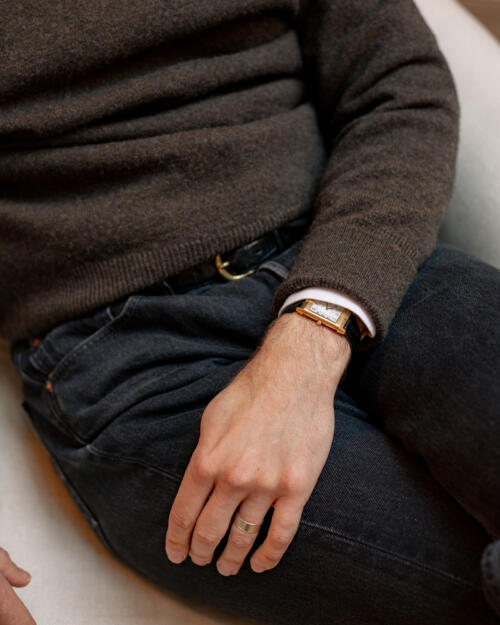
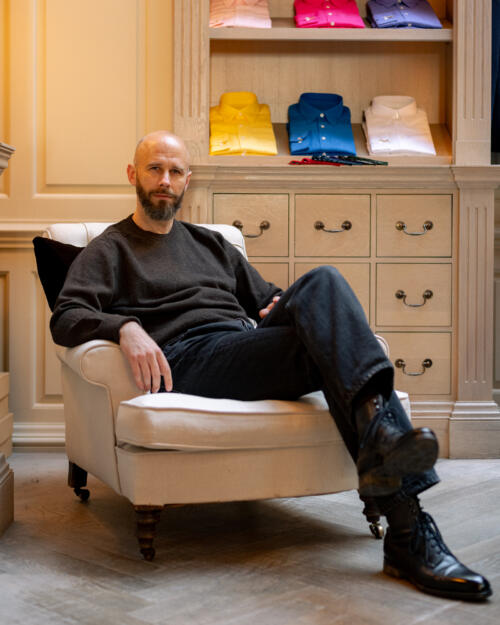
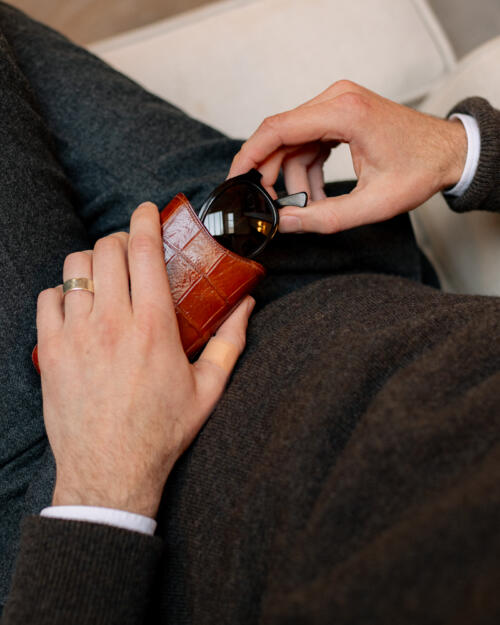
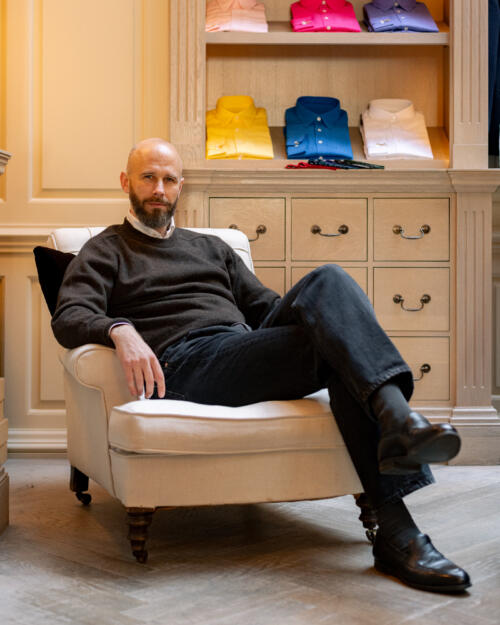
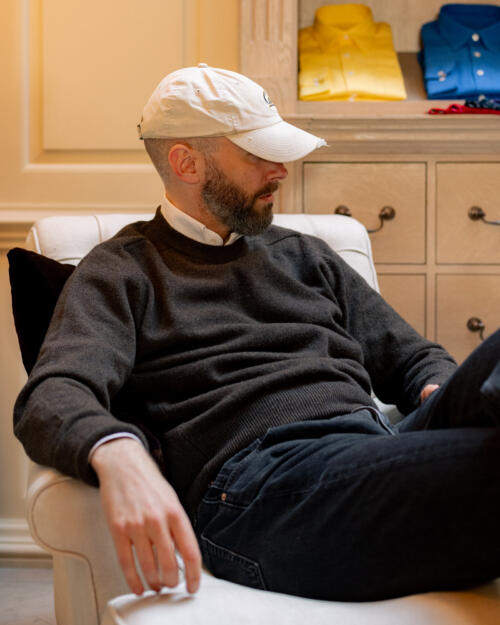
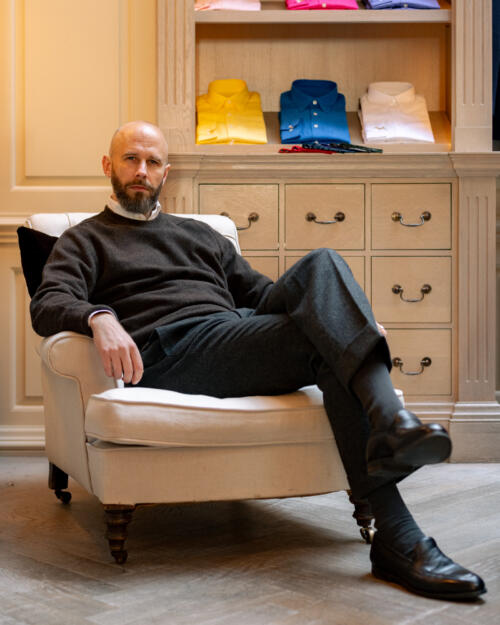
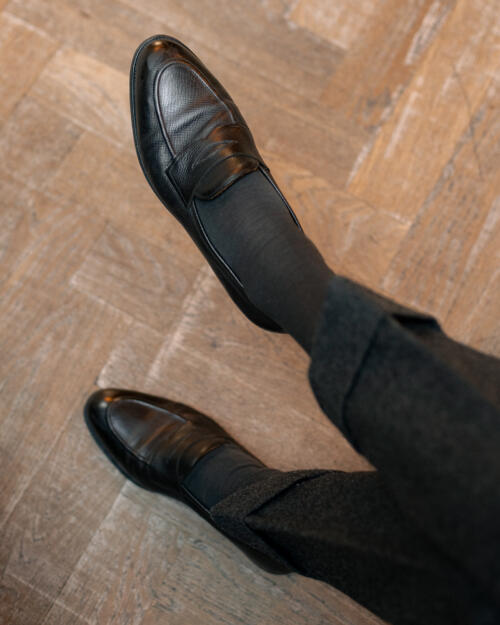
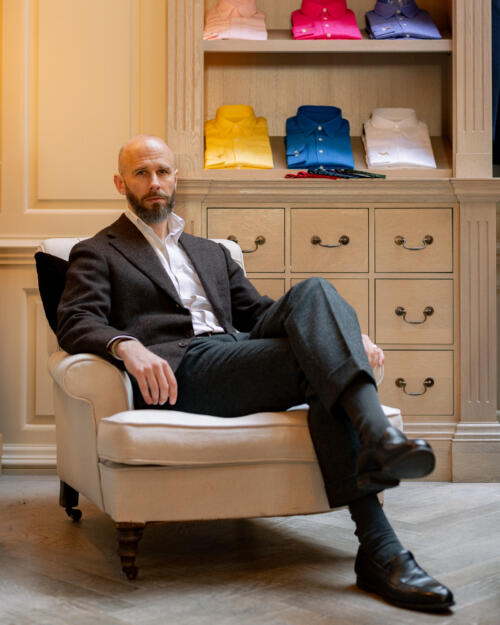
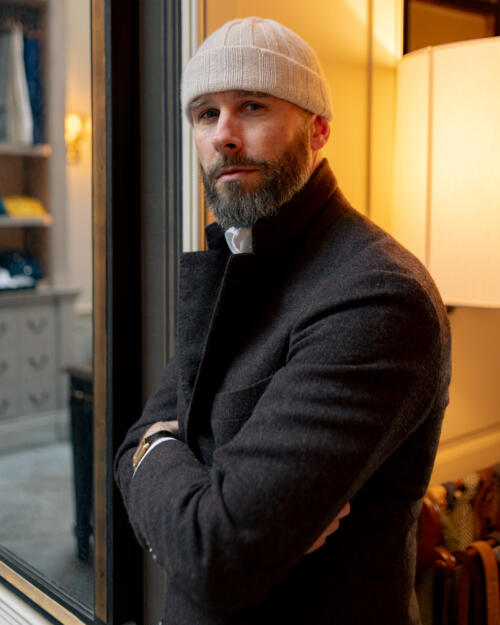
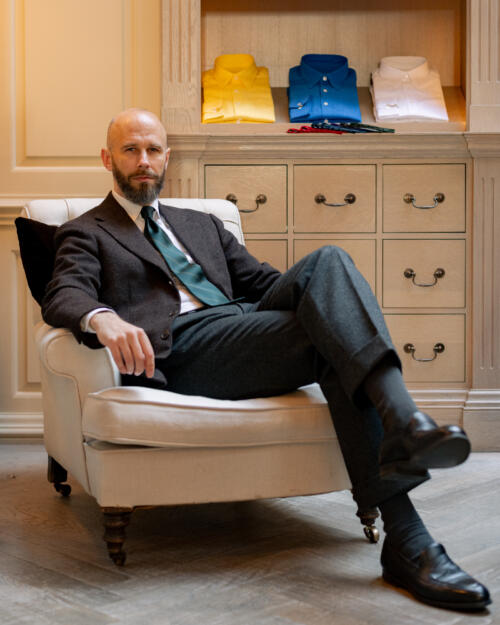
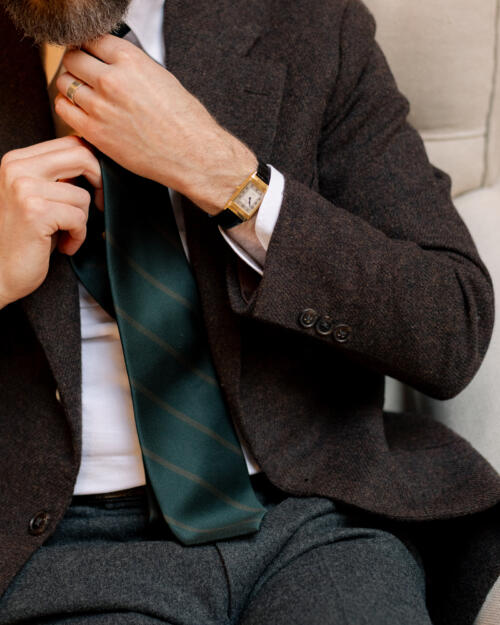
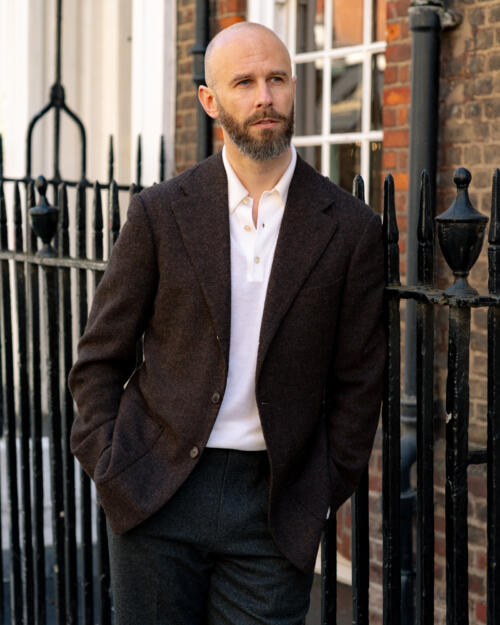

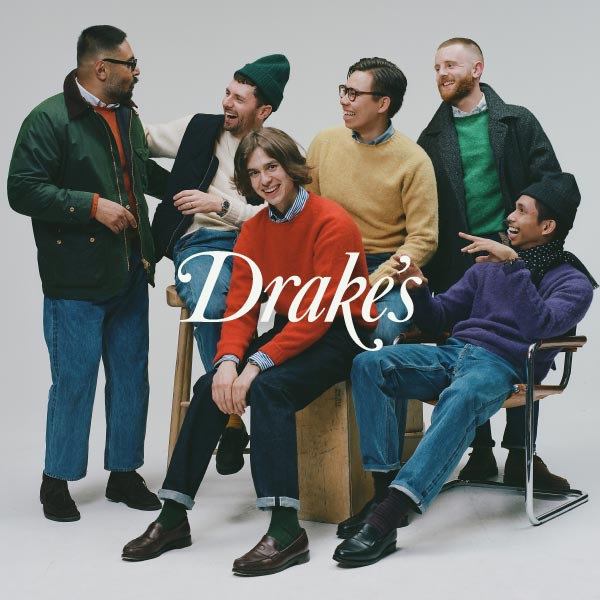
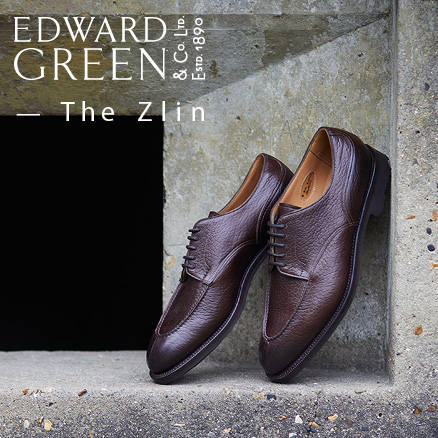
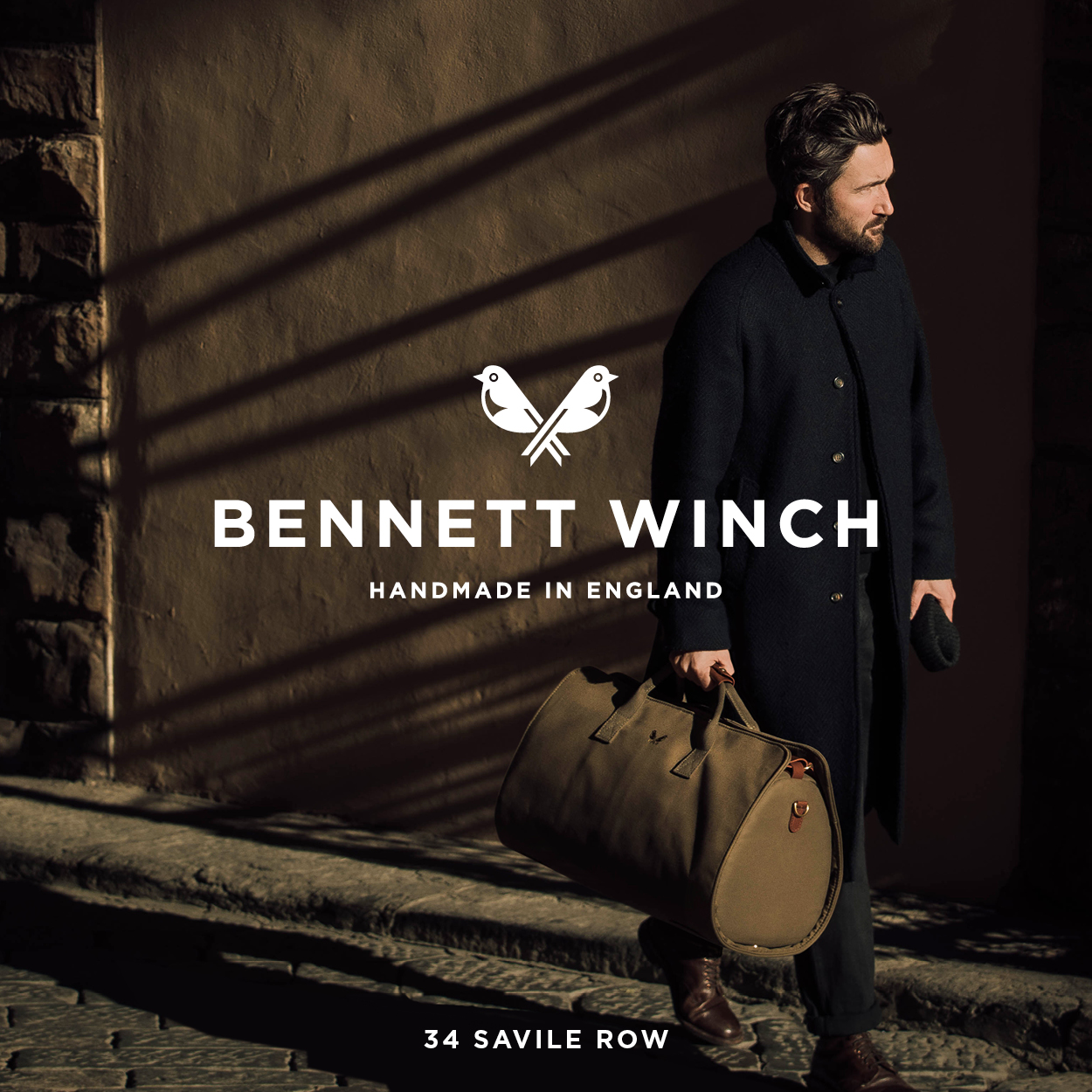
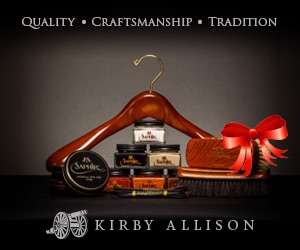







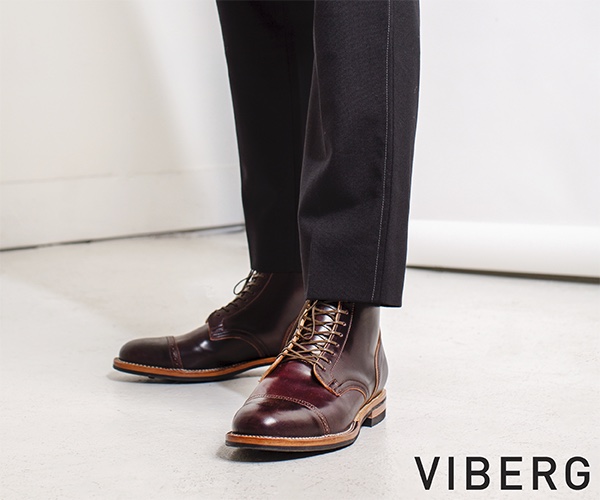


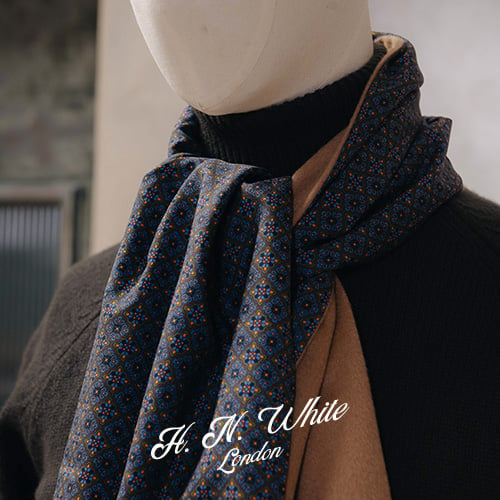



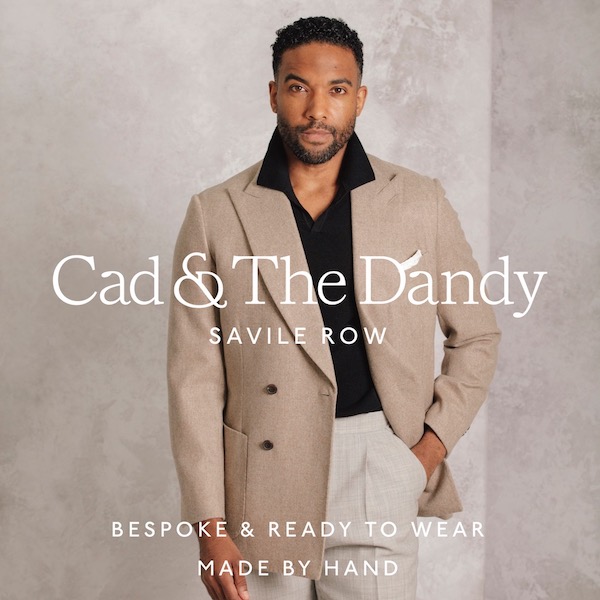





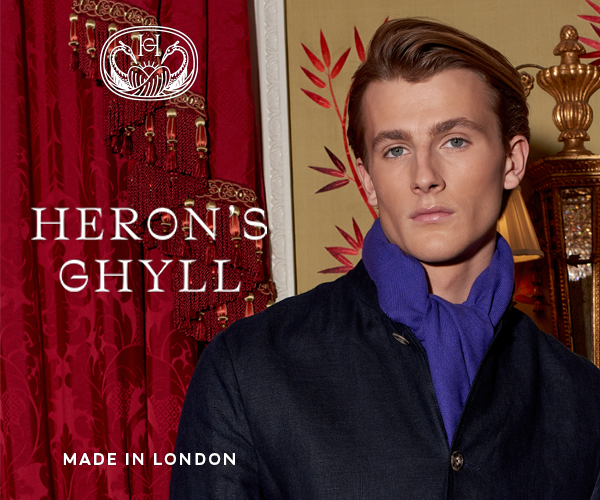
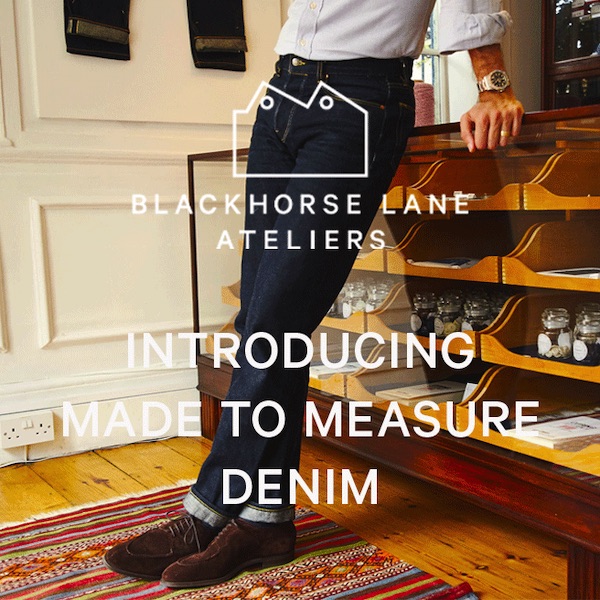


0 comments